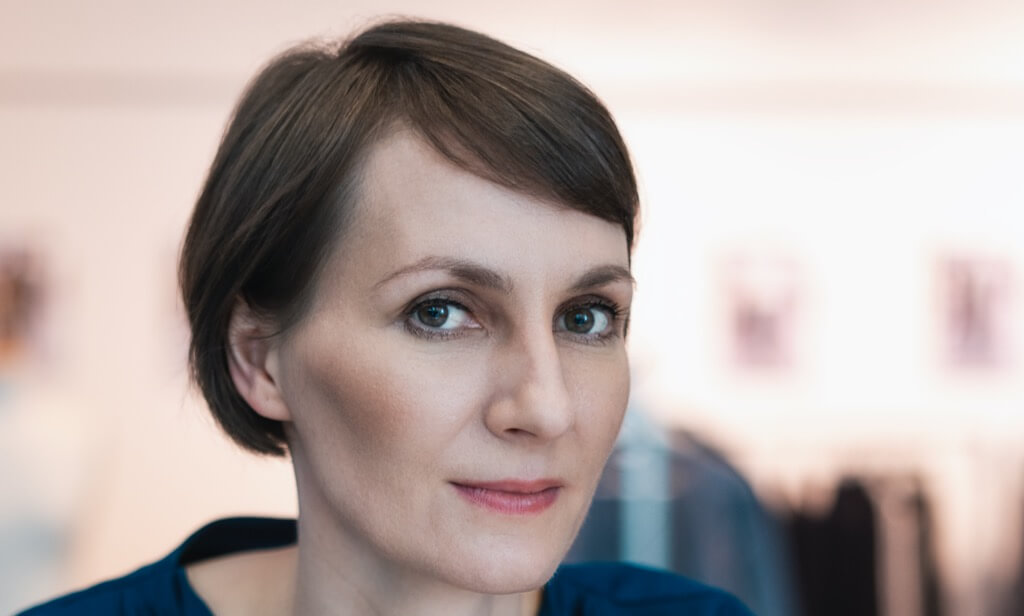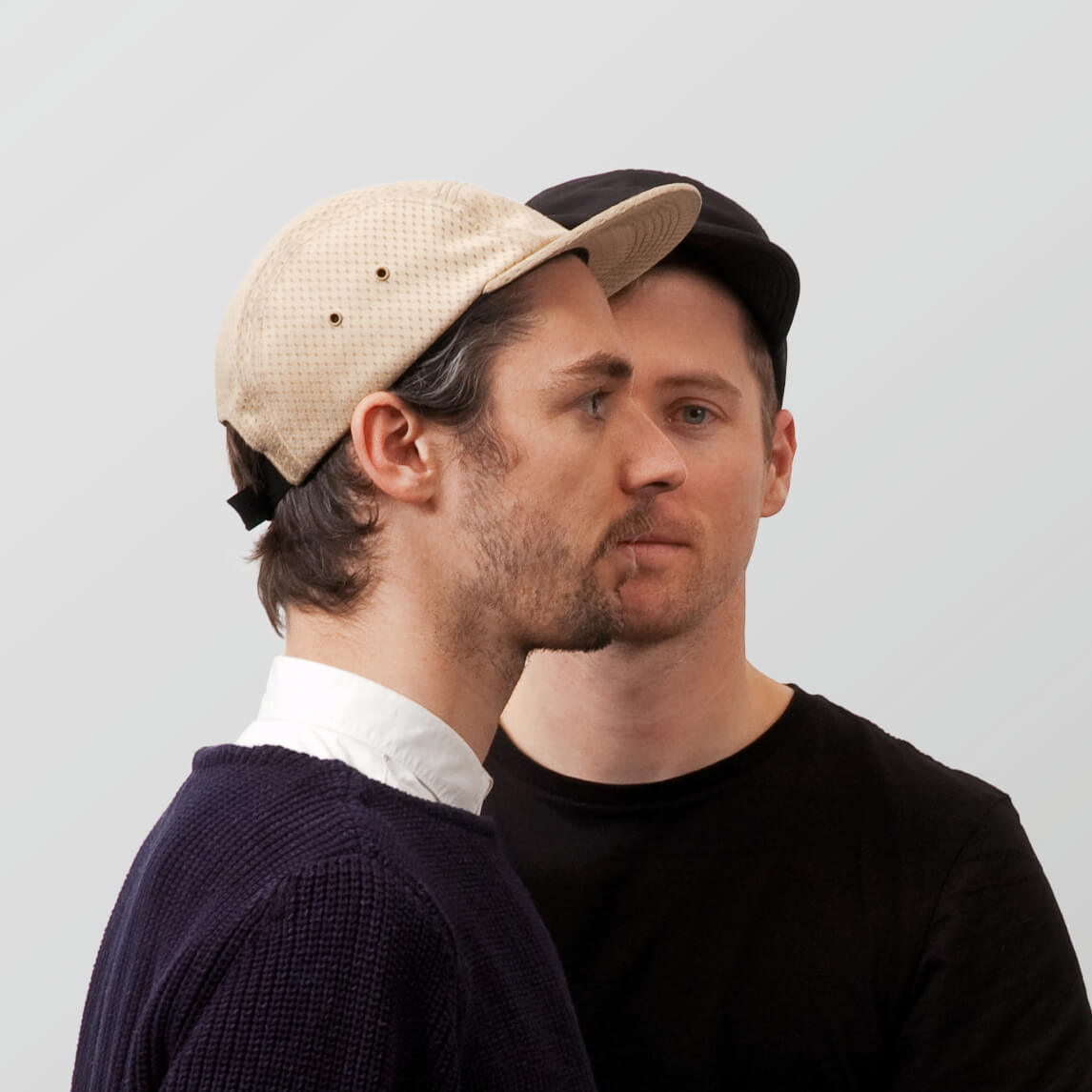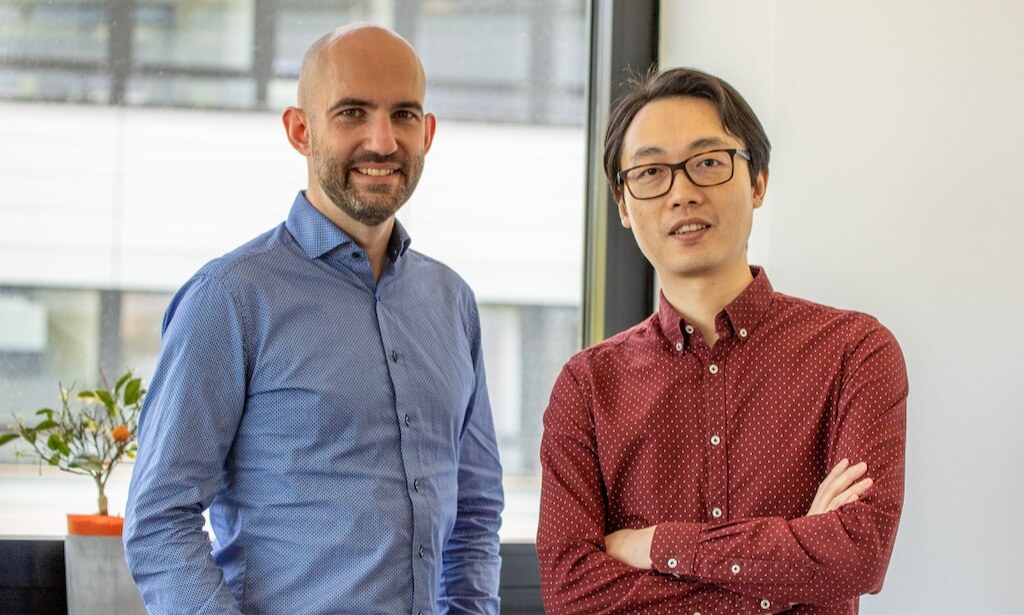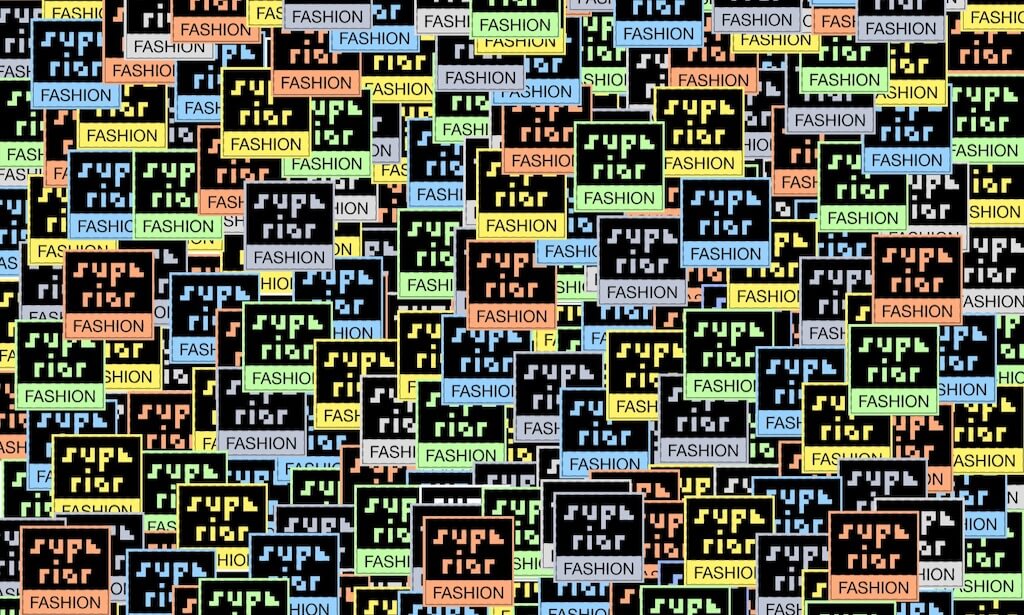The German start-up Virtual Retail developed a technology that can take customers’ body measurements remotely and give size recommendations based on the specific body shape of the customer. This innovative technology is used in Superior Fashion – the marketplace for designer fashion. In the interview two of the co-founders, Benedikt Ley and Dr. Lin Wan, explain why using innovative technology is so important for the fashion industries and how their technology works.
Lin and Ben, you are two of the co-founders of the start-up Virtual Retail. Before we talk about your product could you please tell us a bit about your professional background and how you met?
Lin: Sure! I’m a human-computer-interaction (HCI) expert with years of experience in software development and project management. Before we founded Virtual Retail, I spent most of professional life at the University of Siegen as a research assistant, where I worked in and managed multiple research projects in the field of HCI.
Ben: That’s where we met. We joined the same research group at the University in the same year, almost at the same time. We have worked together in several research projects as a team, so we knew that we can easily work together – the trust is there. As of my professional background, I have a commercial education and I’m specialized in project management of software development, interactive design, and requirement engineering with a focus in the field of human-computer-interaction.
Lin: The other two co-founders of Virtual Retail, Prof. Dr. Martin Hill and Dr. Bernd Buxbaum, are also University of Siegen alumni.
Ben: Yes, both of them are accomplished entrepreneurs. Prof. Hill is former Vice President of SAP Supply Chain Management, Dr. Buxbaum is CEO of pmd technologies, a major 3D sensing chip manufacturer in both consumer and industrial markets, which belongs to the internationally operating ifm group. Their experience and network have helped us a lot in bringing Virtual Retail from an idea to a company.
A great combination of people obviously. What does Virtual Retail exactly do?
Ben: We are a technology provider in artificial intelligence and computer vision. One of our core products, the mobile body scanning service, e.g., provides fashion brands and retailers with a convenient way to remotely measure their users and give size recommendations. As a part of the ifm enterprise, we also provide software modules for optical object detection and recognition in manufactural process for both internal and external customers.
Interesting. Let’s focus on the body scanning service for the fashion industry. Which problems does your technic solve or reduce?
Lin: I guess we all know it, it’s very hard to find the correct size when shopping fashion online. According to reports, 62% of online fashion customers are unhappy with the fit. This is a frustrating shopping experience and makes the customers less confident when buying fashion online. Hence, we notice an emerging trend: customers tend to buy multiple items in different sizes and returned those that don’t fit. The so-called “series returns”.
The high return rate has a negative impact on the fashion business, as well as on the logistics system and the environment. We don’t believe free shipping is a solution to this problem. The best way to get fewer returns is to make sure that a consumer picks the right size the first time they shop. This is where Virtual Retail steps in.
We have developed a technology that can take customers’ body measurements remotely and give size recommendations based on the specific body shape of the customer. We believe, being able to tell how a garment would fit will surely lead to higher shopping confidence and ultimately reduce the return rate. It’s a win-win for both customers and retailers.
Ok, a lot of good reasons. But how does your technic exactly work?
Ben: Our technology can be seamlessly integrated into the online shopping process. For instance, a customer is browsing through a web shop and finds a T-Shirt that he or she really likes but is not sure whether M or L would have a better fit.
In that case the consumer clicks on the link “Get Size Recommendation” on the product page to start the size recommendation process. After clicking on the link, a pop-up window opens showing a QR-code which can be scanned with the smartphone. By doing so, the body scanning web App will open on the phone. As the App is web based, there is no need to download it first. To take a new scan is straightforward. The App asks the user to enter his height and provides visual guidance for the user to take a front photo and a side photo.
The photos are then uploaded to the backend for further processing. Our machine learning based algorithm can estimate full body measurements out of the 2 photos and the provided height. It normally takes about 10 seconds for the backend to calculate the body measurements and give size recommendations for a certain garment.
Once it’s done, the recommended size will automatically show up in the pop-up window in the web shop together with deailts about the estimated size fit. The size recommendation is also shown on the product detail page in the shop next to the size-selection-field.
Once a customer has done the scan it can be used for all future shopping in online shops that offer this service.
That sounds pretty easy. Is there any specific requirement on the clothes the user should be wearing when taking the photos?
Ben: Tight clothing that can show the body contour will bring best result, of course. There’s definitely no need to be naked or just in underwear when getting scanned.
How precise are the measurement results already?
Lin: There are several factors that might affect the precision of the measurement result. As already said, to get the best result, we recommend the user to wear skin-tight clothing when taking the photos, so that the details of the body contour can be picked up by the algorithm. Also, we recommend taking the photo against a simple background that the person in the foreground is visually distinguishable. In general cases we can reach an average of 1% error rate on the length measurements and 3% on the circumference measurements.
An important topic regarding AI is always data security. What can you tell us about this?
Ben: Sure. We take great consideration in data security and make sure that the data we keep is stored safely and anonymously.
Most importantly, the service we provide is completely anonymous. We don’t require or store any user related information. Once the photos are hitting our server, a neural network will extract silhouettes from the photos and the photos are removed immediately. Another neural network then calculates body measurements solely on the silhouettes. After all, the only data that’s saved for a scan is a randomly generated ID and a set of body measurements, which is impossible to be traced back to a certain person.
Virtual Retail‘s service is hosted in the Amazon Web Service, which provides industry’s highest standard in safety and reliability. To further strengthen data protection for our European customers, we make sure that the data are stored only on servers in Germany.
What are your plans for the future, the next steps you already can tell us about?
Lin: 2020 is the year we bring our service to the market, first for the fashion industry. With our technology we wish to help more brands and online shops provide a better shopping experience to their customers, and ultimately reduce their return rate. The cooperation with Superior Fashion is a beginning to our journey and we are really excited about it. In the next step we plan to extend the service coverage to other branches such as made-to-measure. In the meantime, we will keep working on providing plugins for further shop systems, so that more and more brands can easily integrate our service into their ecosystem.
Thank you for the interview!







